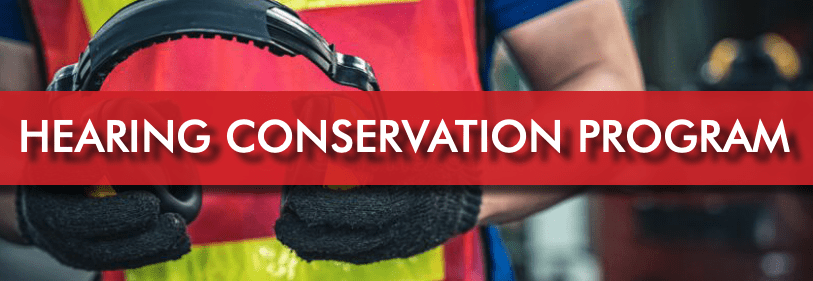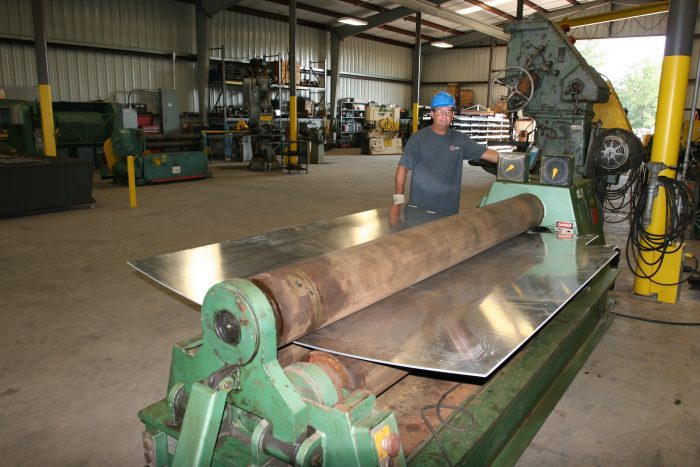HEARING CONSERVATION PROGRAM

Cogbill Construction Weekly Safety
Tuesday, September 29th, 2020
Loss of hearing is a major risk many industrial workers face. Hearing loss due to noise can be only temporary if it is due to short-term noise exposures. However, long term exposures over a period of time increase the chances of permanent damage. In order to protect workers from noise-induced hearing loss, employers should implement a Hearing Conservation Program.
According to OSHA, a hearing conservation program is required “whenever employee noise exposures equal or exceeds an 8-hour time-weighted average sound level (TWA) of 85 decibels measured on the A scale (slow response).” In order to have an effective hearing conservation program, the following should be included:
1. Noise exposure assessment- Sound pressure levels shall be measured in all potentially noise hazardous work areas at least once and within 30 days of any change in operations affecting noise levels.
2. Audiometric testing- All employees routinely exposed to hazardous noise should take pre-placement, periodic (at least once, annually), and termination audiograms.
3. Engineering Controls- All practical design approaches to reduce noise levels below hazardous levels by engineering principles shall be explored.
4. Hearing protection selection and fit testing- The use of personal hearing protectors to limit noise exposure is considered to be an interim protective measure, while engineering control methods are being explored. Such devices shall constitute a permanent measure, only if engineering controls are not technologically or operationally feasible.
5. Employee training and education- All employees who routinely work in designated hazardous noise areas who are exposed to action level noise shall receive annual training and will be repeated annually thereafter. Training shall be updated and consistent to the changes in PPE and work processes.
6. Record keeping- Noise exposure data shall be kept for a minimum of 30 years and recorded or in the equivalent format of automated measurement equipment or health hazard inventory system that contains at least the mandatory data elements.
7. Program evaluation- Program should be continuously evaluated and adjusted accordingly.
In short, noise should first be reduced using engineering controls, to reduce or eliminate the source of the noise. Then, policies should be passed to help workers avoid noise or work in noisy areas for a prolonged amount of time. The use of PPE, such as earplugs or earmuffs, should be the last resort. In common terms, if you work in an area that is noisier than the sound of a vacuum cleaner then workers should be required to wear hearing protection. Hearing loss occurs mostly gradually, by the time it is noticed it could be too late.




